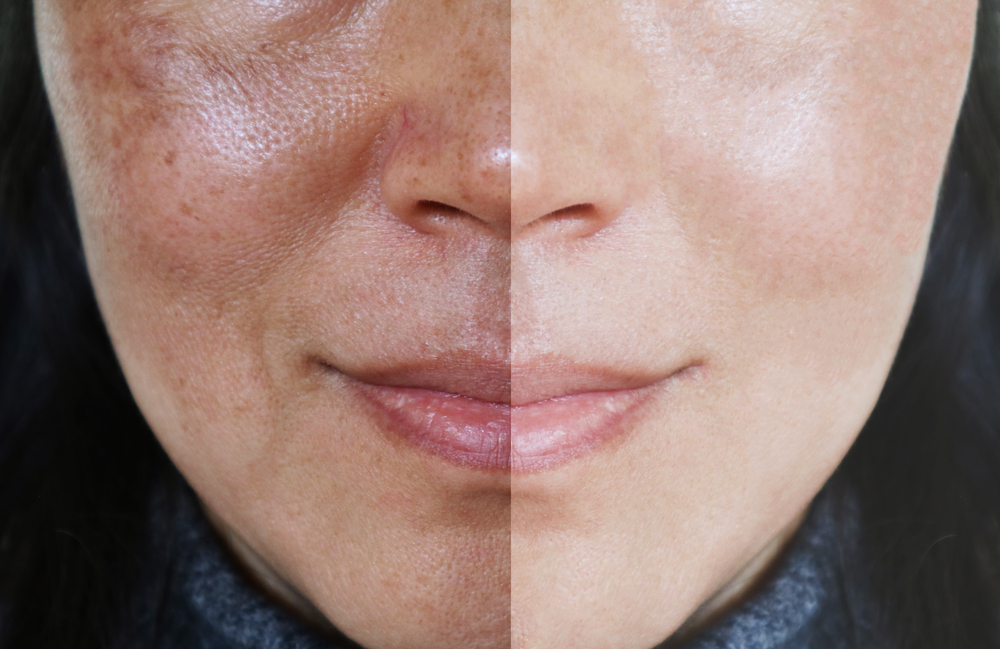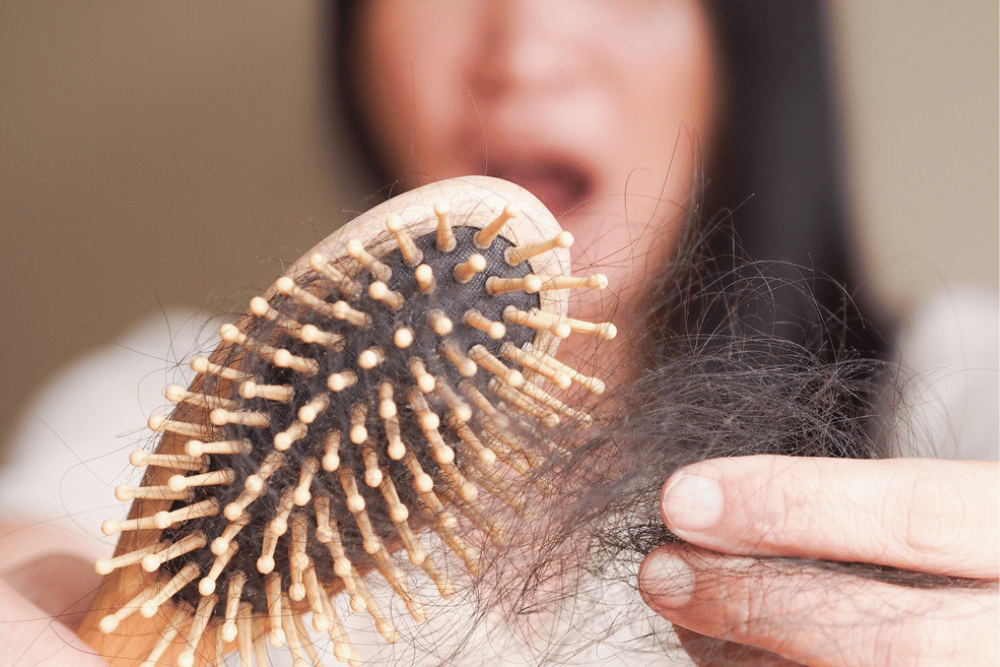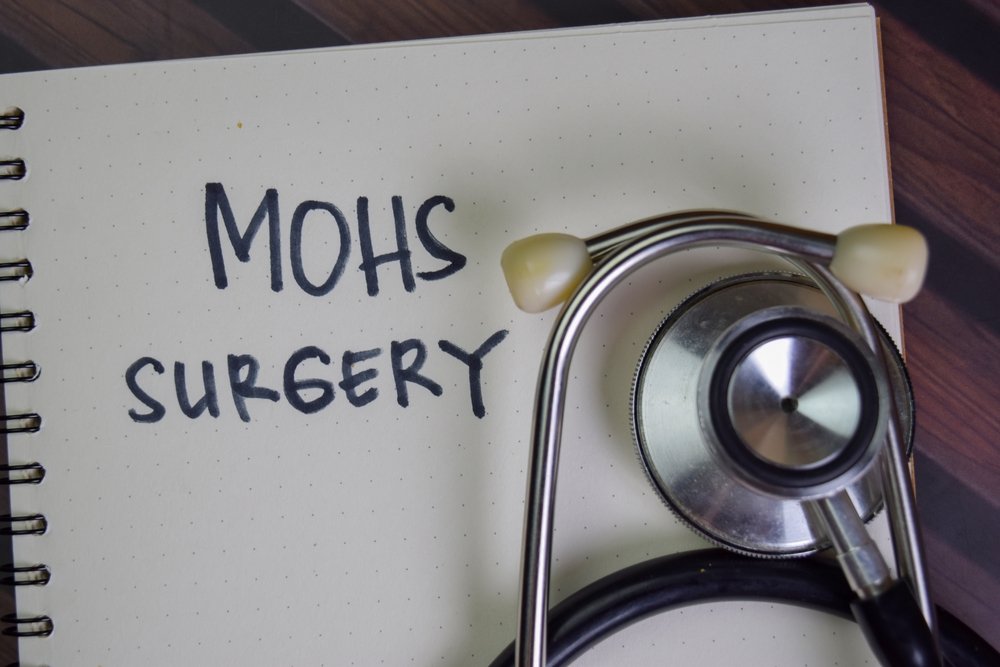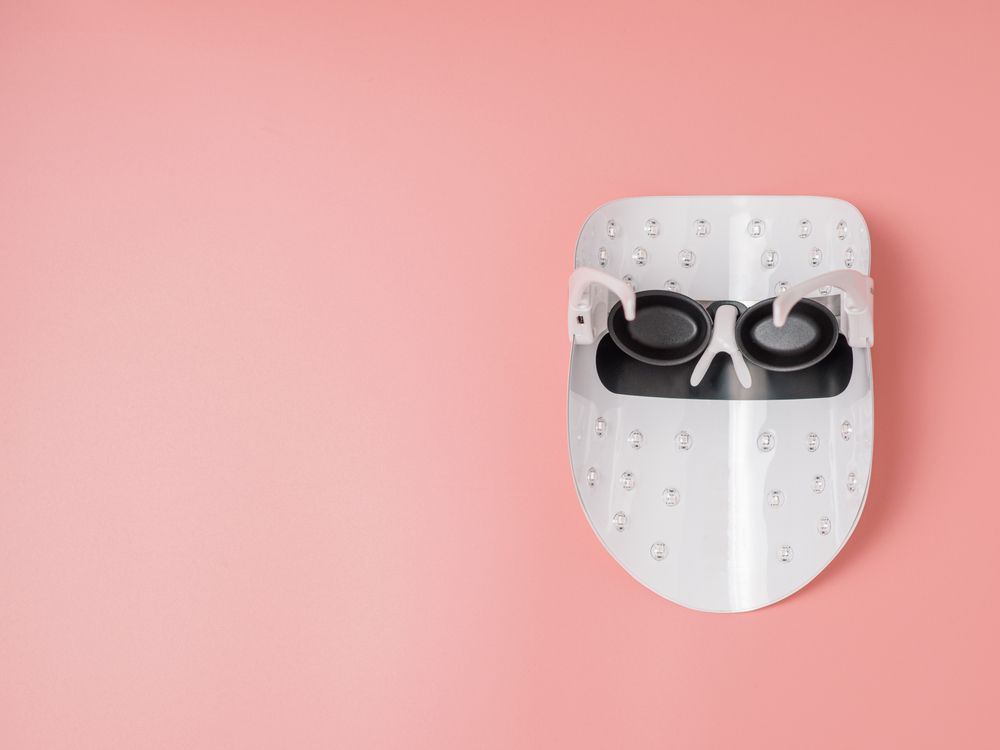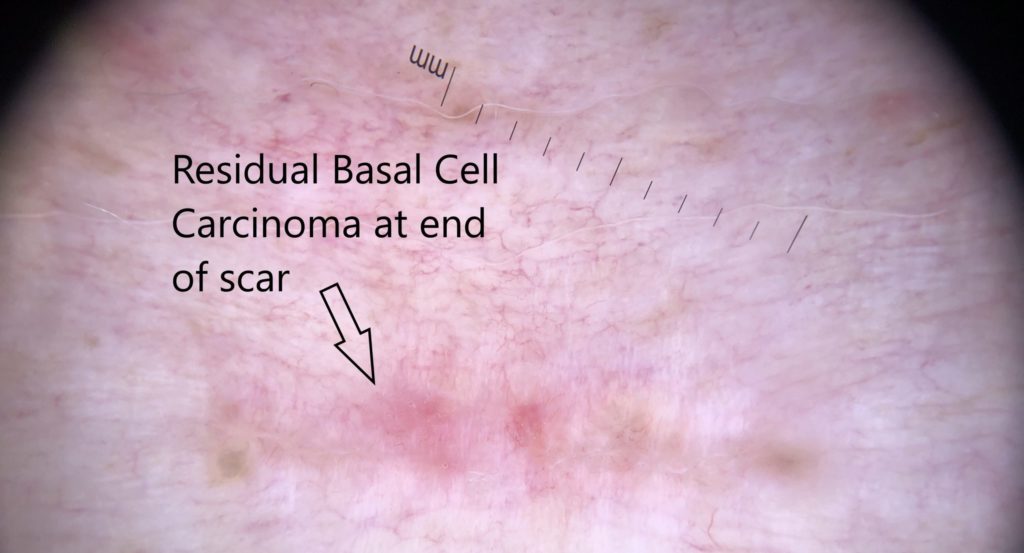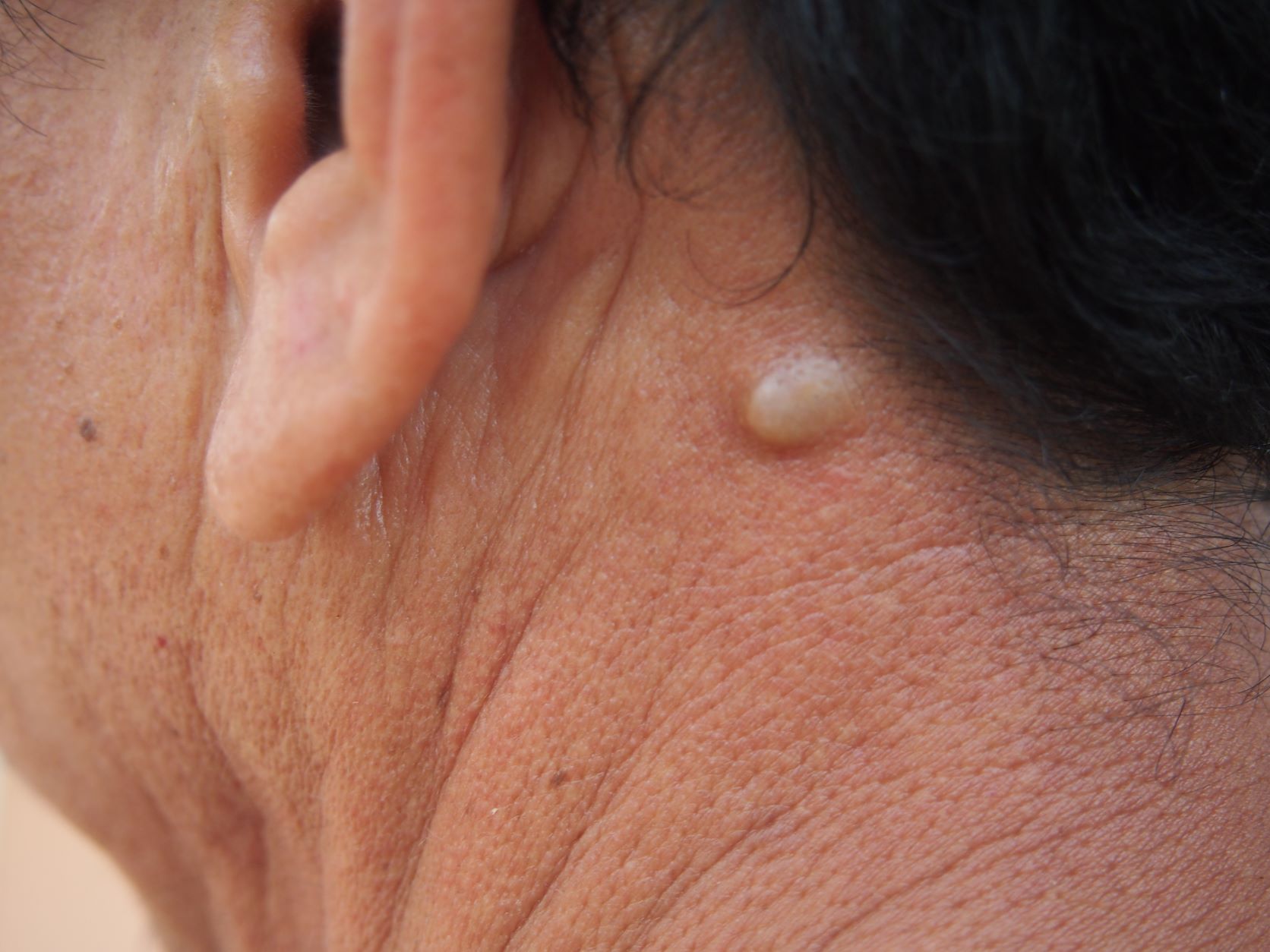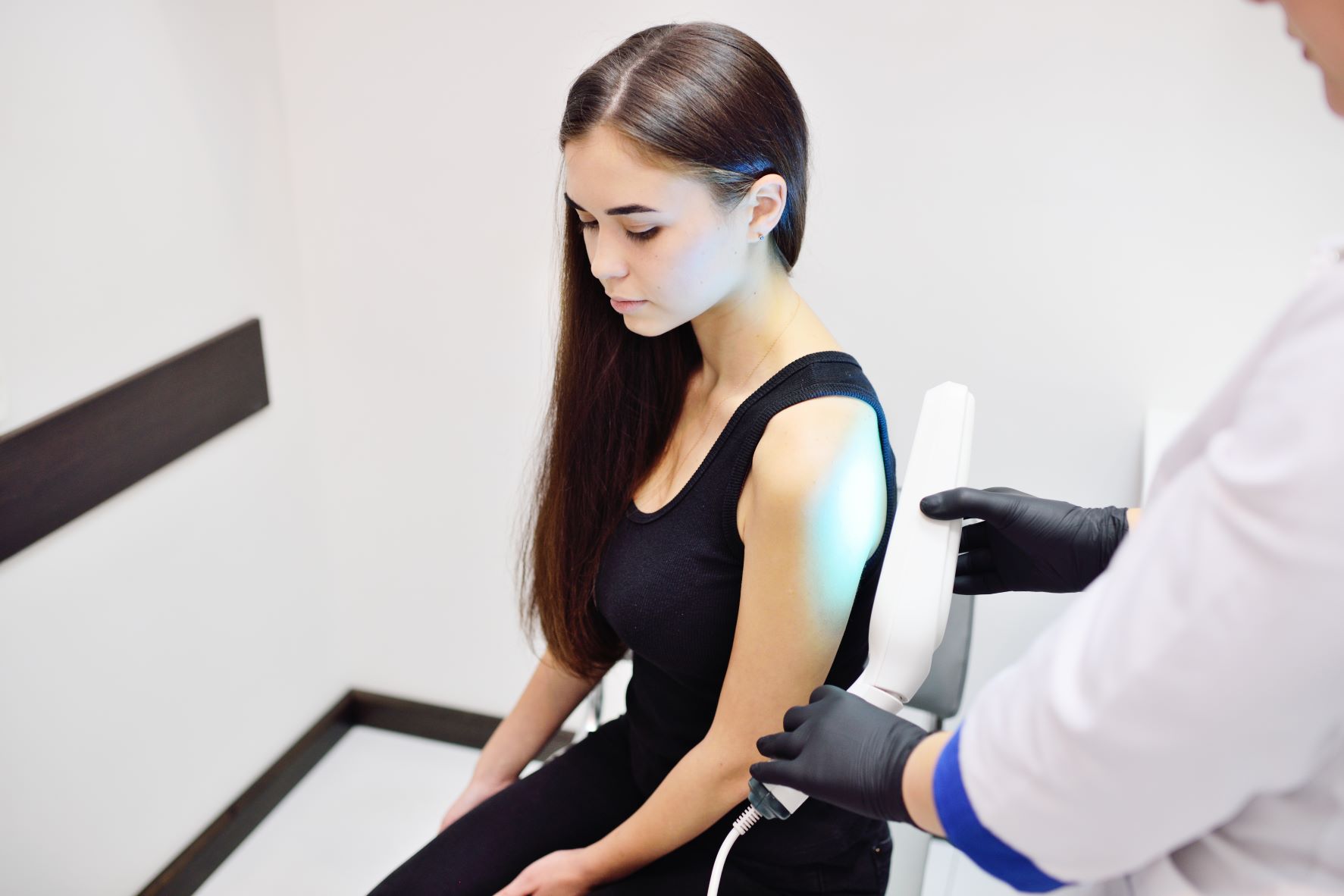Our skin is our largest organ and as such, it is exposed to the most during the course of our lives. Our skin is exposed to the things we put on it, the food we eat, and to the sun. In some cases, cancer develops and the need for immediate removal emerges. Mohs surgery is an effective means of removing skin cancer and the First Lady of the US, Jill Biden, has just undergone the procedure.
What is Mohs Surgery?
Mohs surgery is considered one of the most effective methods for treating skin cancer. This procedure is considered chemosurgery and is effective in treating basal cell carcinoma and squamous cell carcinoma. The procedure has a 99% survival rate for patients and can help you get the best results possible.
The procedure is done in several stages in the same visit and it works to remove the cancer cells entirely. The doctor uses a microscope and removes layers of tissue for testing. If there are cancer cells present, another layer of skin is removed and tested until all the cancer cells have been removed.
This also helps to ensure that healing is optimal and that there is as little damage and lasting effects as possible. Not all cancer is going to be a good fit for Mohs surgery, but taking the time to find a reliable doctor for your Mohs surgery in Montgomery County PA is a must. With the help of your doctor, you can get your consultation and see if Mohs is the right option for you.
First Lady Jill Biden & Her Procedure
First Lady Jill Biden recently had cancerous lesions removed from above her eye during a regular cancer screening appointment. At the appointment, doctor’s noticed another suspicious lesion on her chest, which turned out to be a collection of cancerous cells. First Lady Biden was back on the go just hours after the procedure. Since Mohs is so minimally invasive, you can be certain that you are not going to be down for days on days in recovery.
Most people are out and about on the same day as the procedure. It is necessary to protect the surgical site after your procedure is completed to ensure that it is healing properly and protected. With a surgery like Mohs, you are going to be able to get back to your life faster, you are not going to have to take weeks to heal, and you are certainly going to be able to get back to living your life faster. With other methods of lesion removal, it can be very dangerous and time-consuming and can leave you with scars that will last a lifetime.
If you feel that you might be a good candidate for Mohs surgery, contact us today to set up a consultation.




